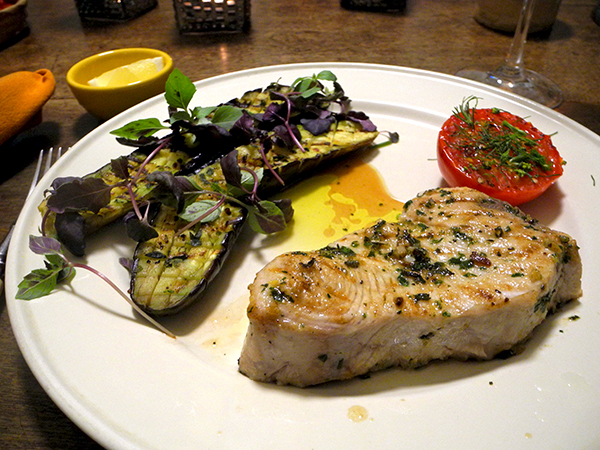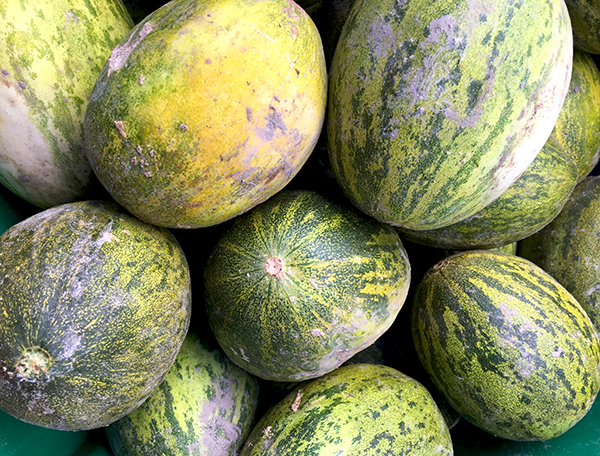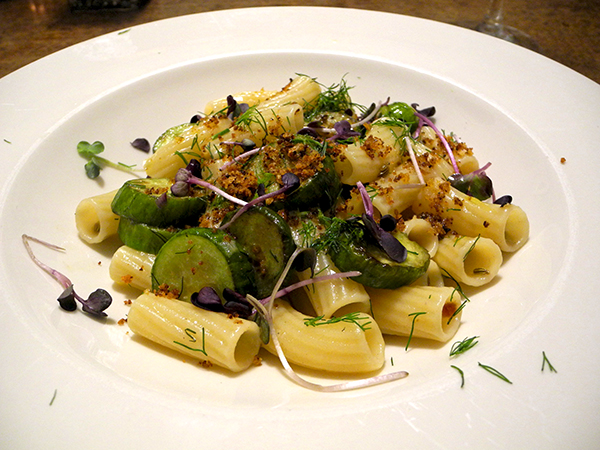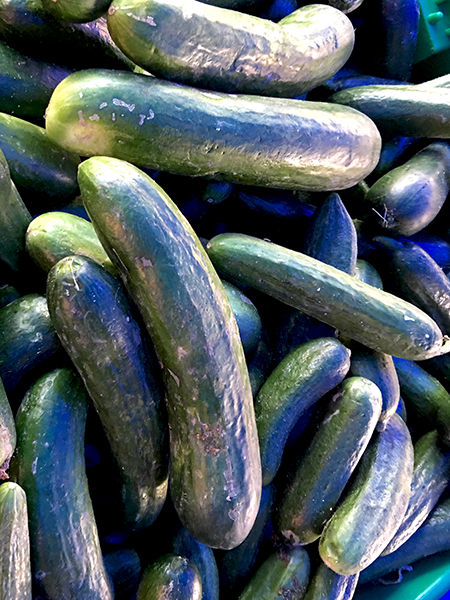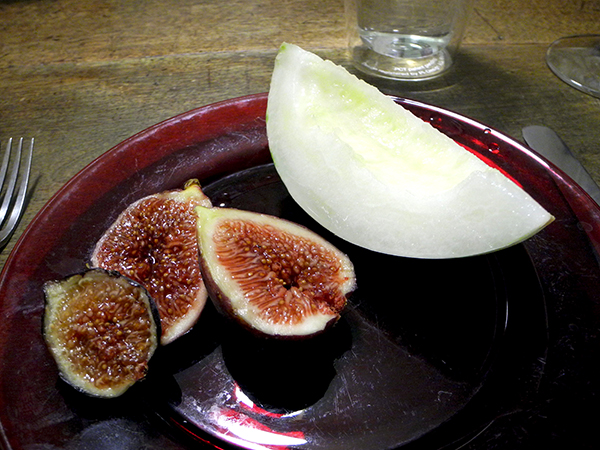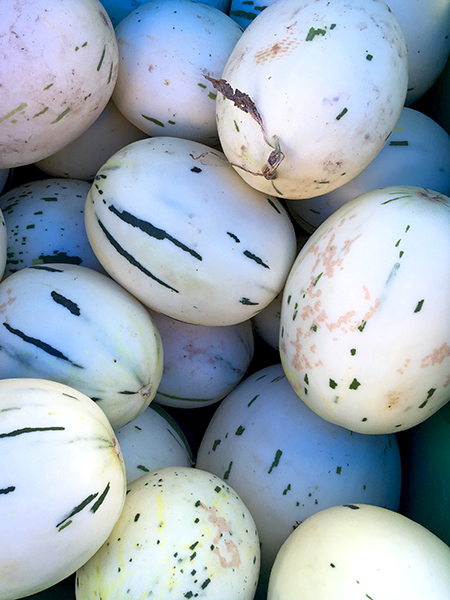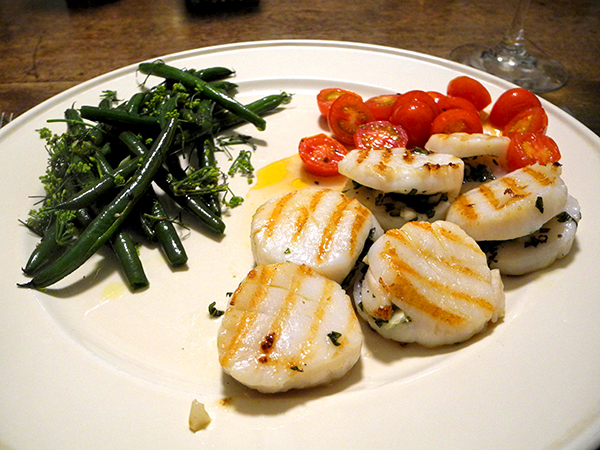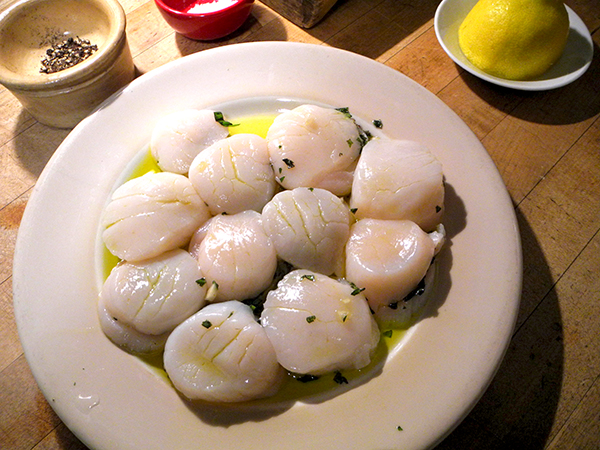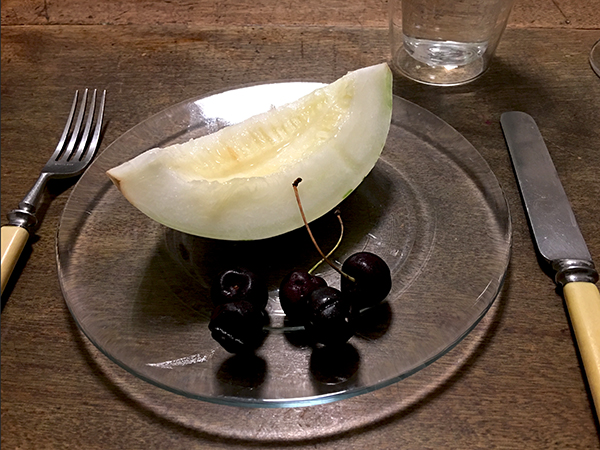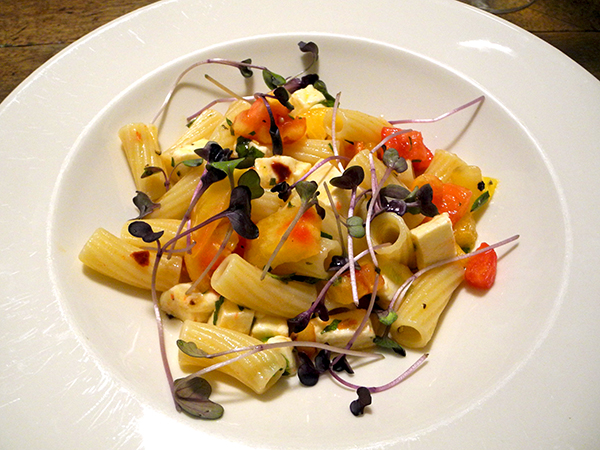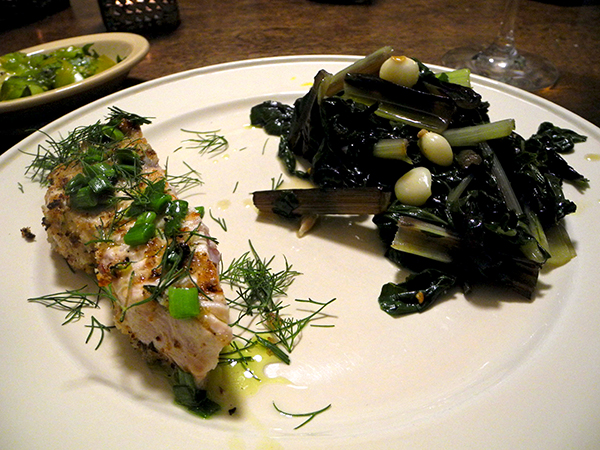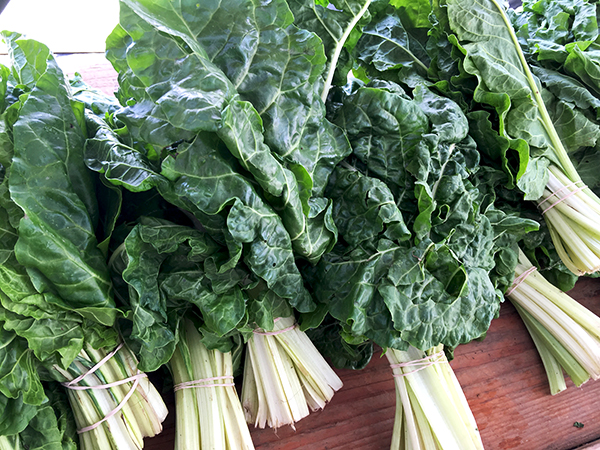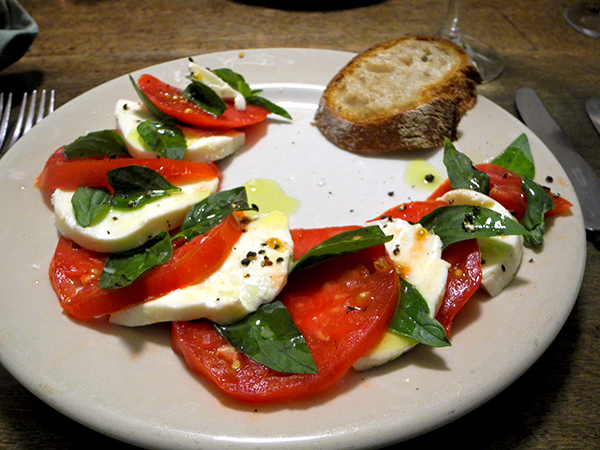
The Fluke (sometimes called ‘summer flounder’), so abundant in northeastern fish markets at this time of the year, may not have the smoothest name, but its taste may be the most interesting of all the flatfish available locally.
It ranks above even the more mild (‘delicate’) flounders, in my opinion, although I can’t claim extensive experience with most of the huge family of Pleuronectiformes: The popular nomenclature of most fish, and especially those we eat, is confusing, and varies geographically (labels may be misleading and out-and-out erroneous), but that family includes many other fine food fish, like the other flounders, as well as the soles, turbot, brill, plaice, and halibut, a few of the some 500 species.
I’ve enjoyed many flatfish, harvested from several large seas (I’ve even caught fluke myself), but here on the northeastern Atlantic coast, I’ve always been very happy with both the taste and the relative firmness of the local fluke fillets.
But maybe the real star last night, and certainly the surprise of the meal, was the totally wonderful cucumber which Franca had slipped into my hand last week. She called it a ‘bitter melon’ cucumber, but I had a hard time locating anything that looked like it on line using that name. There are a ton of different kinds of cucumbers out there, and probably as many melons (the significance of my mentioning the latter will become apparent in the next sentences). Eventually, I added the adjective, ‘fuzzy’ to the phrase, and this variety finally showed up. It seems to be called ‘Carosello Mezzo Lungo di Polignano‘, and it apparently comes from Puglia, and it’s usually associated with Bari, on the coastal north. Elsewhere it shows up as “My Furry Cucumber!” I’m still not certain that’s what we enjoyed so much last night, because elsewhere on line there are other fruits that answer the description of our cucumber, varieties from the New World (cucumbers originated in Asia), described as botanically melon, but used as cucumbers.
- two fluke fillets purchased that morning from Seatuck Fish Company in the Union Square Greenmarket, seasoned with salt and pepper, sautéed in olive oil and butter over high heat until golden brown (2-3 minutes on the first side, 1-2 minutes on the other), served with a ‘tomato butter’ composed a few minutes earlier by melting some ‘Kerrygold Pure Irish Butter‘, then adding 2 red scallions from Hawthorne Valley Farm, sliced, cooking them until softened and fragrant, removing the savory butter from the heat, allowing it to cool for 2 or 3 minutes, then tossing it with 4 ounces of ‘the best cherry tomatoes‘, halved, from Stokes Farm (which had minutes earlier been tossed with almost a teaspoon of chopped tarragon from Stokes Farm), stirred gently, seasoned with salt, a few drops of red wine (Chianti) vinegar stirred into the mix at the end
- a handful or more of organic arugula (‘Roquette’) from Norwich Meadows Farm, drizzled with a Campania olive oil, sprinkled with salt and a little freshly-ground pepper
- one large hairy Barese cucumber, ‘hairs’ wiped off but unpeeled, cut into bite-sized segments, sautéed in olive oil until lightly browned, seasoned with sea salt, and tossed with chopped spearmint from Ryder Farm
- the wine was a California (Sonoma) white, Scott Peterson Rumpus Chardonnay 2014, from Naked WInes
There was fruit for a dessert.
- slices from a Lambkin melon, aka Santa Claus melon, and sometimes known as Christmas melon or piel de sapo, served with black California figs
- the music thorughout the meal was Georg Friedrich Handel’s 1728 opera, ‘Tolomeo’, Alan Curtis conducting Il Complesso Barocco
